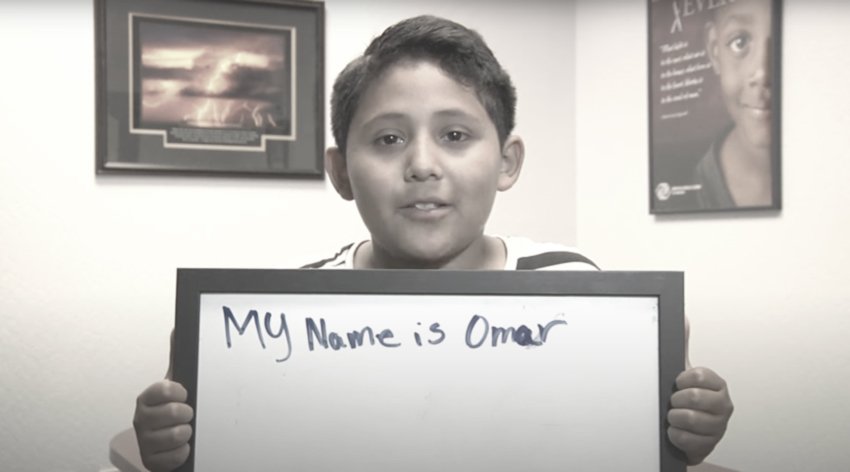Themes
Categories vs. Narration
How can narratives and storytelling practices breathe life into categories that would otherwise seem rigid, static, or absolute?
We take inspiration from ethnographer, photographer, writer, and educator Nurul H. Rashid to consider the ways that classification and narration support and trouble one another—how they create conceptual and lived boundaries, but also how they allow us to refuse those boundaries.
Sofia Torriente: A friend shared this podcast as we were discussing experiences of substance abuse and addiction within our family systems. She found that this podcast did an especially good job of providing experiential / anecdotal knowledge alongside a more clinical perspective. This got me to thinking about the importance of balancing multiple approaches and perspectives when narrating phenomena like addiction, but also other categories and phenomena.
Commissioned by the Guggenheim Museum
Teddy Sandler: This work was both the first digital installation at the Guggenheim and the first technologically-informed piece to go into the museum. The piece is about Brandon, an American transmasc. The installation takes a road trip through his life. A viewer can interact with the piece in any way they see fit, with popup windows appearing along the way to help tell Brandon’s story. I enjoyed the media, as many—but not every—image directs to a new line of the story. The inability to separate what drives the narrative forward by your own hand versus what the browser will open automatically demonstrates the non-linearity and lack of control. This is likely different from how the piece functioned in the museum and how viewers got to interact with it of their own accord. The combination of audio, visual, and narrative elements come together both to tell Brandon’s story, and to let you become Brandon through embodiment and environment.
MY NAME, MY IDENTITY
Washoe County School District, 29 June 2016
Ayomide Badmus: This video was produced by a school district in Nevada. It compiles one-on-one interactions / interviews with the school kids talking about their names, answering the question “how did your name come to be.” The video shows how significant personal names are in creating and legitimating identities. For a different perspective, you can also check out this research paper on the naming practices of African American and African immigrant groups in the U.S. as a form of “historical and ethnographic documentation.”
Astrid Braun: The Allusionist describes itself as “Adventures in Language with Helen Zaltzman.” Each episode is about a word, a genre of words (e.g. theater words), or a type of word (e.g. puns). Episode 36 explores the word “classics,” moving from a definition to the words’s ambiguities in its use and broader meanings. The podcast has a decent amount of humor, while also elaborating on the ways that the category of “classics” is inherently unstable even as it is socially and culturally powerful.
Categories Live Through Narratives, Narratives Manifest Categories
““That soft tango between methods of classification and storytelling have always intrigued me as one cannot do without the other. In thinking about the ways we approach knowledge and information, I would often distinguish the two: the former being like air, found everywhere, eddying into breathes that utter space, stories, sayang; the latter, a documented form, a book that can be transmitted to the masses. Whilst both knowledge and information can be easily subjected to both classification and storytelling, its point of encounter resides in different domains. Pairing storytelling alongside classification ensures we do not reify categories of ‘race’, ‘other’, ‘orient’, ‘native’, ‘wild’, created to cast outliers from a perceived centre. Stories allow for ways of correcting categories, as interludes that open boundaries of the geographical, spiritual, mental. It reminds us that, like air, many flow from crevices of memory and ancestry, residing in tongues and limbs who mimic their words, but who might be met with ‘unknown’ when forced into classification. The importance of infusing storytelling into and against classification has thus become the approach undertaken in this attempt to document the nusantara, a space, stories, sayang that many feel on their skin, but have not the words to speak into form.”
Nurul H. Rashid, “Notes on Annotating,” Pulau Something 2020.

